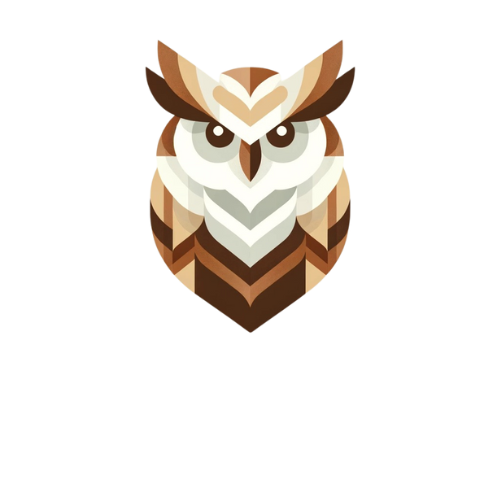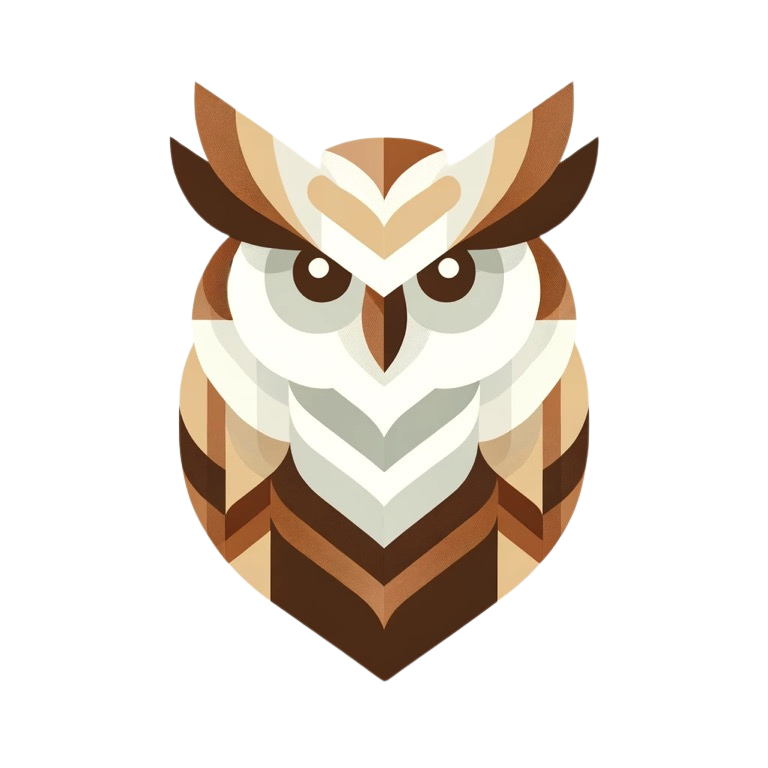Artemis’s origin story
Meet Artemis
Artemis the Owl represents the stakes for wildlife in our community. She was inspired by a real great horned owl, which in 2021 succumbed to exposure to second-generation anticoagulant rodenticides (SGARs) along with her mate and one of her owlets. According to Zak Mertz, CEO of New England Wildlife Centers, this devastating loss was caused by a single poisoned rat her mate brought to the nest. Her remaining owlet was rescued and taken to NEWC for rehabilitation.
Great horned owls (GHOs) are top predators wherever they live and consume an astounding amount of mammalian prey. According to the International Owl Center, GHOs prey on rats, rabbits, mice, raccoons, woodchucks, and even skunks. Not bad for a bird that weighs about the same as the half-gallon of milk in my fridge. After arriving at NEWC, the rescued owlet consumed over 1,300 mice in 228 days! That’s a lot of mice to feed a single owlet.
Assuming they make it to their third year, Great Horned Owls can reach ages of over 20 years in the wild. So, a single GHO can remove a staggering 40,000 rodents from our community throughout its life. Unfortunately, when SGARs are involved, we can’t benefit from the voracious appetites of these birds of prey.
Removing predators from the ecosystem effectively adds to the rodent problem. Each rodent not consumed by an owl or other predator can go on to produce more mice, which then travel to other parts of the community in search of food and nesting sites. Towns and cities across the country are facing this issue despite the widespread use of SGARs. For example, New York City agencies applied over 37 tons of SGARs in 2022 alone. Unfortunately, this has done little to arrest the number of rodents New Yorkers encounter.
Unless we change our perspective and view predators as partners in our pest-management efforts, we’ll continue to lose this treasured part of our natural heritage without getting closer to suppressing rodent populations in our community.
Please consider joining our flock to protect great horned owls, like Artemis, and other wildlife who help make Plymouth a great place to live!
The Barnstable owlet shortly after arriving at NEWC. c/o NEWC



